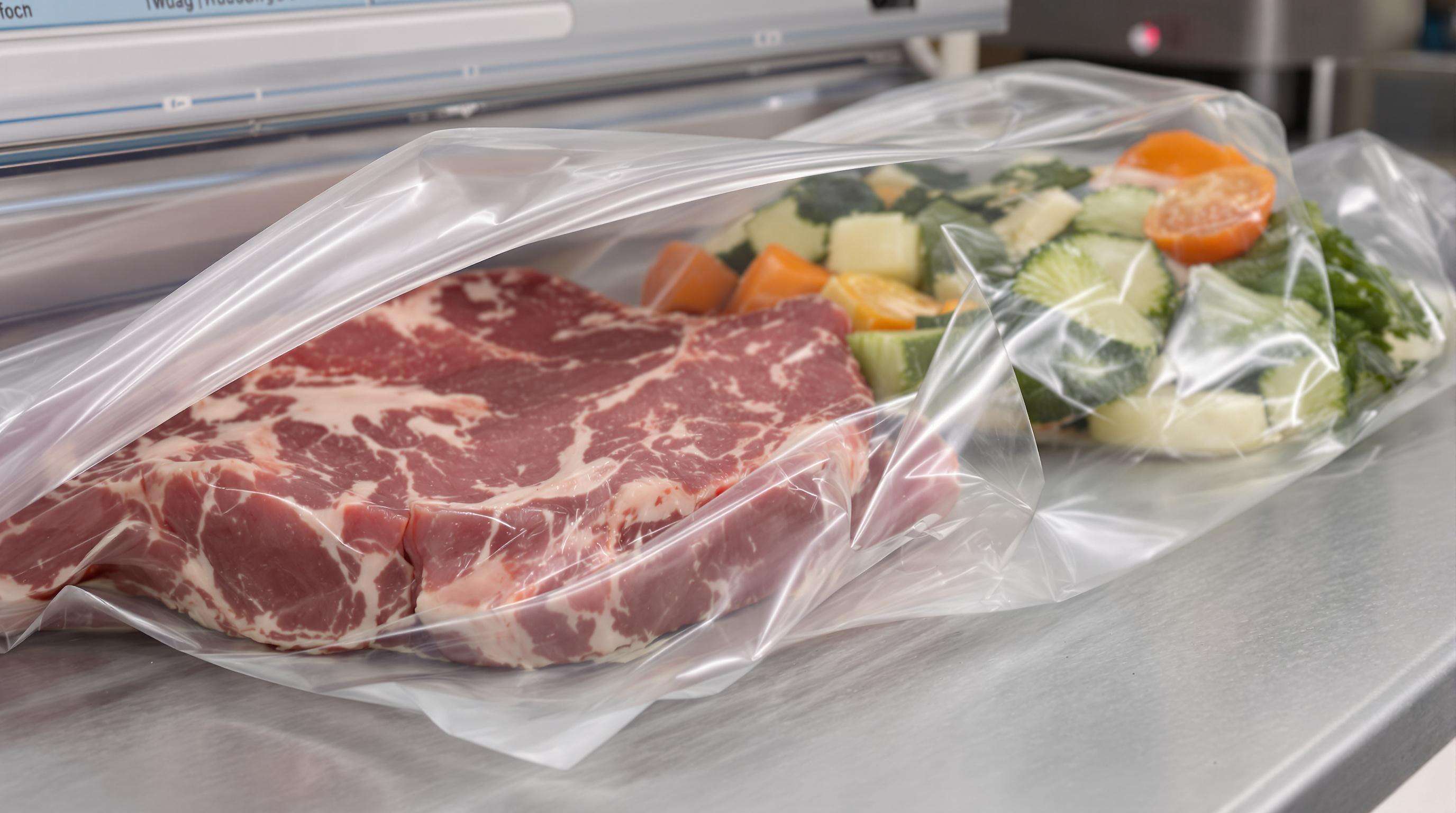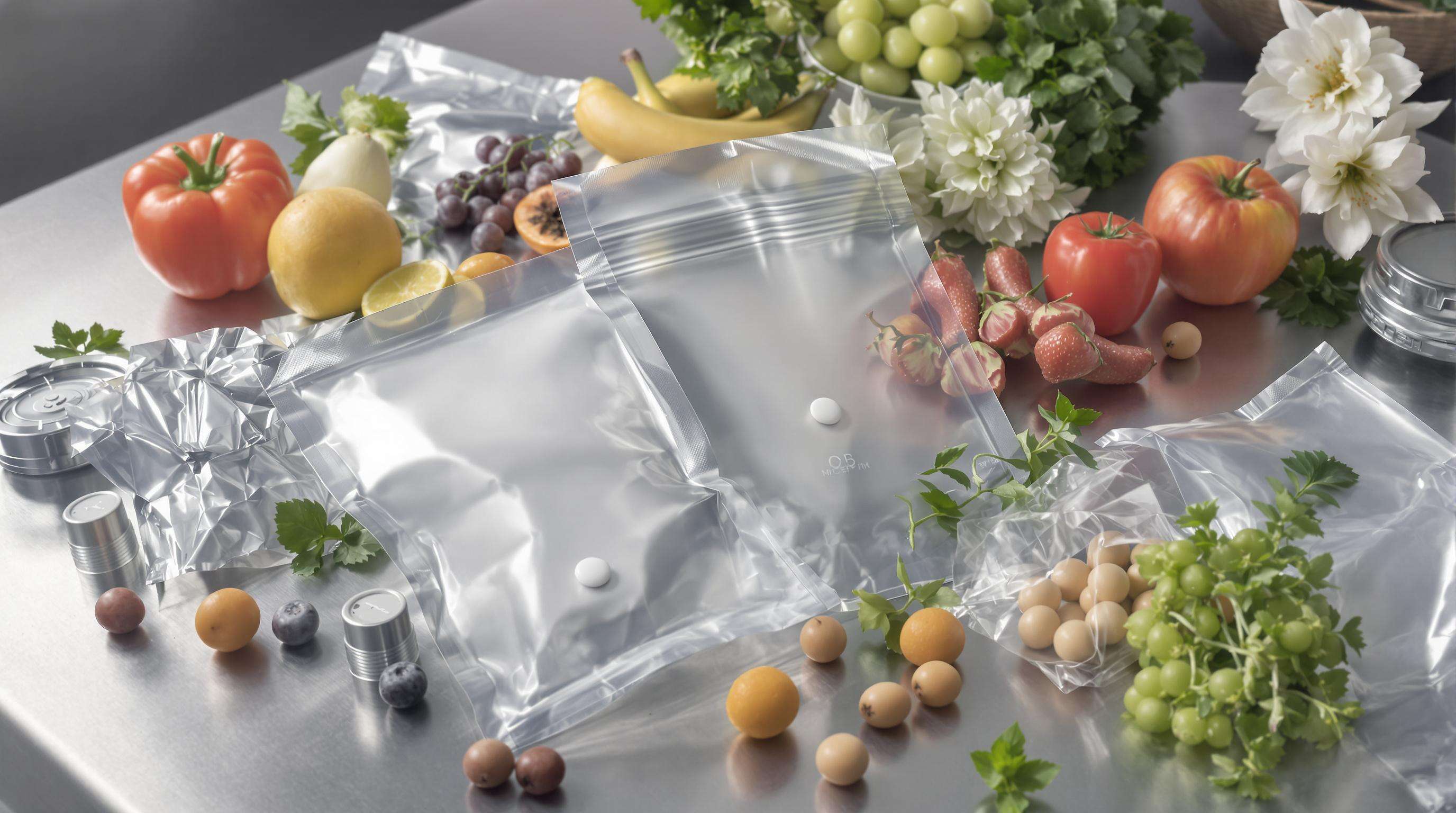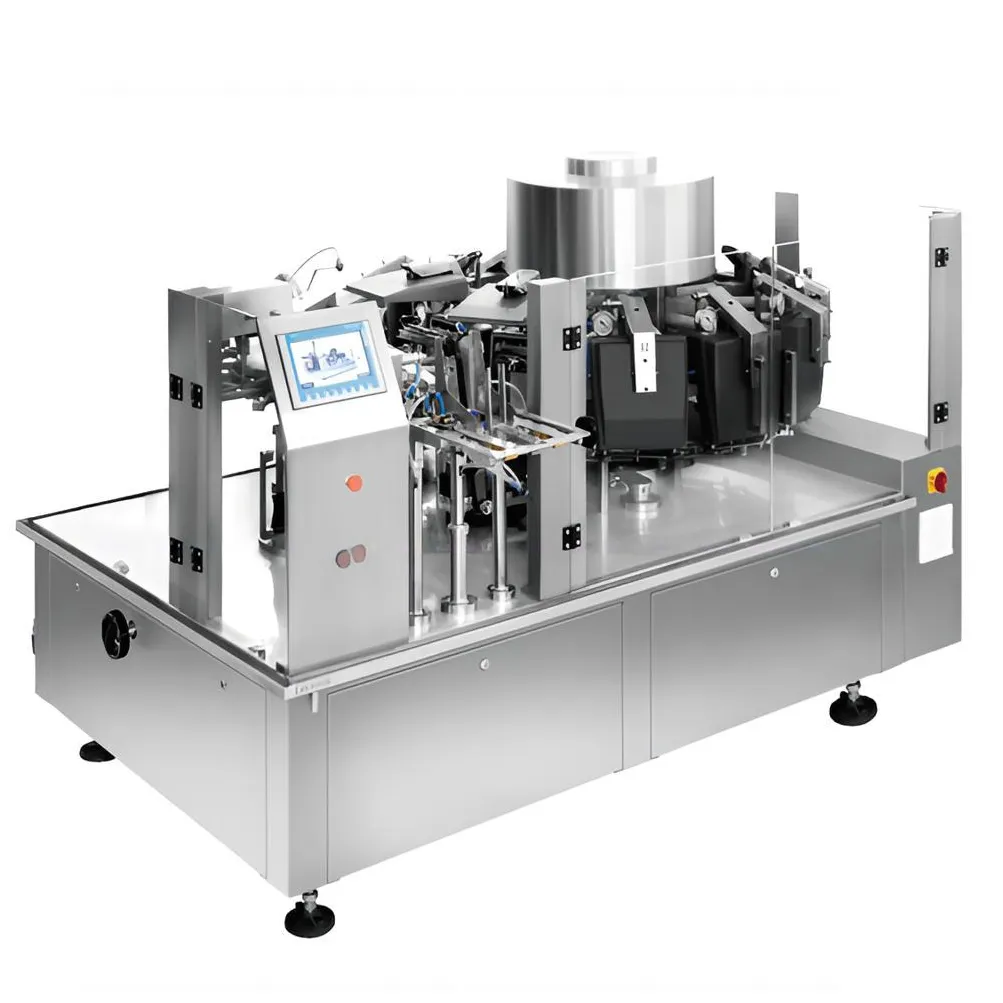Vacuum packing machines seal foods by removing atmospheric oxygen, reducing the primary source of spoilage. The degradation in wire insulation is oxygen driven, it is due to two important mechanisms, proliferation of aerobic microorganisms and oxidative chemical reactions. In addition, by producing oxygen-deprived environment,Vacuum sealing prevents mold and bacteria from growing and keeps the nutrients intact and prevents nutrient loss from oxidation development also give vast flavor to your food.
The preservation effectiveness hinges on barrier films that maintain this hypoxic environment between processing and consumption. These engineered materials resist moisture migration and atmospheric gas diffusion through microscopic polymer structures, unlike conventional packing materials. The material science creates hermetically sealed microenvironments that suspend biological decay pathways non-disruptively.
When barrier and oxygen removal are combined, shelf life can be increased by two to five times that of conventional packaging. Meat products show the most prominent shifts : While still being shelf-stable for days, products are transformed to be without any preservatives for weeks. This change takes place because the vacuum environment not only interferes with microbial propagation cycles but also inactivates enzymatic degradation elements, its consequence being the deterioration of both color and texture.
Vacuum sealing achieves additional preservation effects through physical compression during air extraction. Eliminating internal air pockets minimizes moisture migration (responsible for freezer burn in frozen storage) and prevents structural damage during transport. The resulting space-efficient packaging enhances cooling uniformity throughout cold chains without compromising protective function against external contaminants.
How Vacuum Packaging Machines Block Microbial Contamination

Oxygen Removal Principles for Pathogen Control
It allows life to thrive, but it also lets bacteria grow, especially aerobic bacteria such as Salmonella and Listeria, which you don't want in your food. These bugs thrive on air by dropping residual oxygen below 0.5% food manufacturers create an environment of decelerated growth in which bacteria grow at reduced rates of 80 90% (Food Safety Magazine). This reduced oxygen environment also limits enzymatic degradation, retaining texture and color in perishables.
Barrier Film Technology Against Moisture and Air
Modern vacuum bags employ composite materials like PET/EVOH/nylon to block gas transmission at molecular levels. Key advancements include:
- Moisture-resistant layers: Prevent humidity fluctuations that trigger mold
- Gas-impermeable seals: Maintain vacuum integrity even under refrigeration
- Puncture-resistant surfaces: Mitigate contamination risks during transportation
Case Study: Meat Shelf Life Extension from 6 to 18 Days
A beef processor adopting rotary-chamber vacuum machines extended chilled sirloin shelf life from 6 to 18 days while maintaining USDA safety standards. Aerobic bacteria counts stayed below 5 log CFU/g through day 14 a 300% improvement over previous packaging methods.
Food Category Applications of Vacuum Packaging Machines
Meat and Poultry Preservation
Vacuum-sealed meat products experience shelf life extensions from 3-5 days to 14-28 days by denying oxygen to pathogens. The anaerobic environment inhibits lipid oxidation that causes rancidity while retaining up to 95% of natural moisture content (Food Microbiology).
Seafood Shelf Life Enhancement
Delicate seafood achieves 80% longer freshness periods through vacuum technology that combats enzymatic degradation. Rigid barrier films prevent osmosis-induced texture changes while suppressing histamine-producing bacteria in finfish.
Dairy Products: Preventing Mold in Cheeses
Semi-hard cheeses demonstrate 300% mold inhibition when vacuum-packed versus wax-coating (Dairy Science Advances). Multi-layer films regulate humidity exchange to prevent surface desiccation while suppressing Penicillium mold spores.
Ready Meals: Quality Retention in Prepared Foods
Prepared entrées retain sensory attributes and nutritional value through precision vacuum sealing that inhibits starch retrogradation and vitamin degradation.
Economic Impact of Vacuum Packaging on Food Waste Reduction
Cost-Benefit Analysis of Shelf Life Extension
Vacuum packaging machines deliver substantial returns by extending food shelf life 2-5 times critical when nearly one-third of global food production is lost annually. Businesses report 30-50% fewer perishables discarded, lowering disposal fees and inventory replacement frequency.
Industry Paradox: Packaging Costs vs. Waste Savings
While vacuum sealing increases material expenses, it generates greater savings through waste avoidance. Extended shelf life reduces markdowns, emergency shipments, and disposal fees that typically outweigh packaging costs by 3:1 ratios.
Next-Generation Innovations in Vacuum Packaging Technology

Advanced Oxygen-Scavenging Films
Modern oxygen-scavenging films use iron-based compounds to actively absorb residual oxygen, reducing internal levels below 0.01% a critical threshold for inhibiting aerobic pathogens. These films extend shelf life by 30 50% in oxidation-sensitive products like cured meats.
Smart Sensors for Real-Time Freshness Monitoring
IoT-enabled sensors track oxygen residuals, humidity, and volatile organic compounds (VOCs) within sealed packages. A 2024 Food Packaging Automation Report documented a 25% waste reduction in poultry trials using this technology.
Selecting Optimal Vacuum Packaging Machines for Maximum Efficiency
Chamber vs. External Sealers: Performance Comparison
Chamber machines fully enclose products for complete air evacuation, excelling with liquid-rich items. Non-chamber systems extract air directly from packages ideal for smaller-scale operations handling solids or powders.
Throughput Capacity and Automation Considerations
Production scale dictates equipment sizing insufficient throughput causes bottlenecks while oversizing wastes capital. Automation levels progress from manual loading to full production-line integration with programmable vacuum settings.
FAQ
How does vacuum packaging extend the shelf life of food products?
Vacuum packaging extends shelf life by removing oxygen, which inhibits the growth of aerobic bacteria and oxidative reactions, effectively preserving the food's freshness, texture, and color.
What types of food benefit most from vacuum packaging?
Meat, poultry, seafood, dairy products, and ready meals benefit significantly from vacuum packaging as it helps in extending shelf life and maintaining food quality.
Are there any drawbacks to using vacuum packaging?
While vacuum packaging extends shelf life, the initial costs of vacuum machines and packaging materials may be higher, although long-term savings from reduced food waste often outweigh these costs.
What improvements do advanced vacuum packaging technologies offer?
Advanced technologies offer oxygen-scavenging films and smart sensors that further enhance shelf life and provide real-time monitoring of food freshness.
Table of Contents
- How Vacuum Packaging Machines Block Microbial Contamination
- Food Category Applications of Vacuum Packaging Machines
- Economic Impact of Vacuum Packaging on Food Waste Reduction
- Next-Generation Innovations in Vacuum Packaging Technology
- Selecting Optimal Vacuum Packaging Machines for Maximum Efficiency
- FAQ

